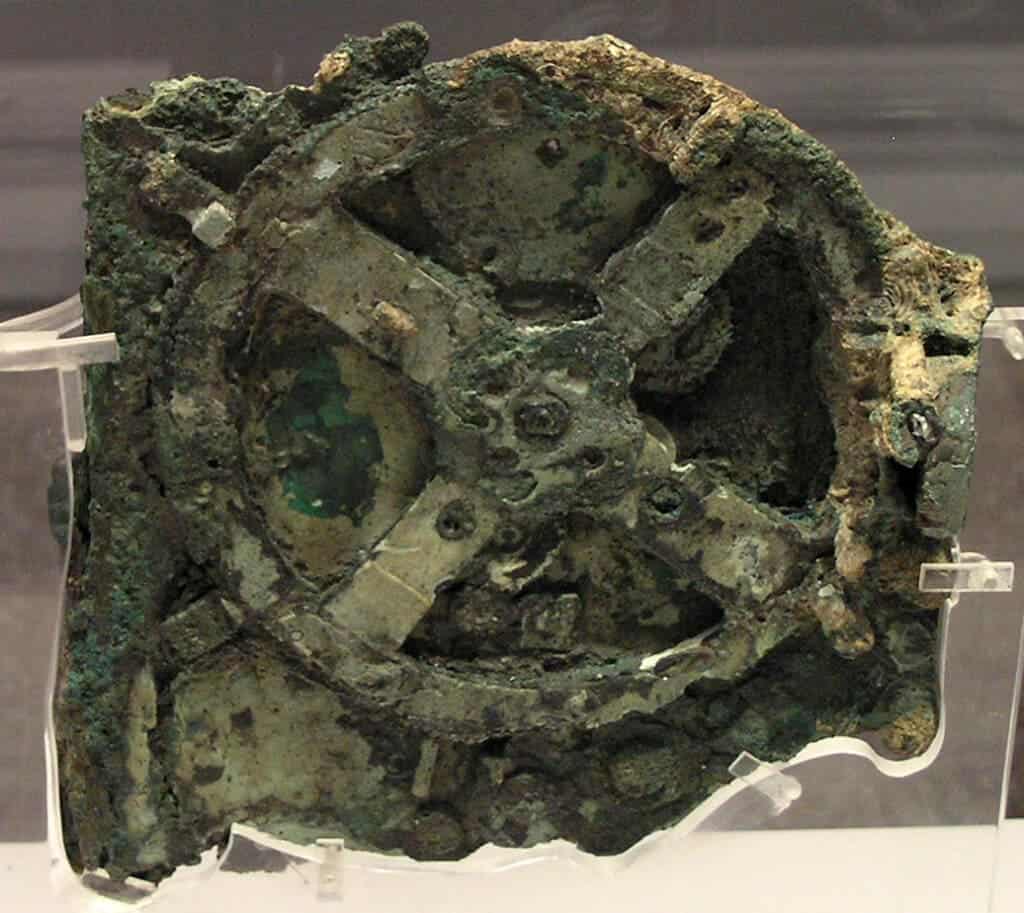Scientists may have finally cracked the mystery behind the Antikythera Mechanism, a 2.000-year-old device used by the ancient Greeks to calculate astronomical positions. The “world’s oldest computer” has puzzled scientists for over a century, but a digital replica with a working gear system may shed new light on it.

The Antikythera Mechanism was found in a shipwreck off the coast of Crete in 1901 — one of the very first wrecks to be archaeologically investigated. Way ahead of its time, this complex mechanism of revolving bronze gears and a display is simply mind-boggling: it’s an analog computer dating from Ancient Greece.
The mechanism was used to predict astronomical positions and eclipses for the astrological calendar as well as the ancient Olympic Games but many questions still loom about it. Though obscured by corrosion after it was lost for thousands of years at the bottom of the sea, the Antikythera Mechanism still has visible gears with triangular teeth and a ring divided into degrees. It featured a handle on the side for winding the mechanism forward and backward – very similar to how a clock works but showing the position of planets instead of hours, minutes and seconds. Only a third of the device survived the shipwreck, leaving many open questions on how it worked and what it looked like.
Researchers believe they’ve solved the back of the mechanism in earlier studies, but the complex gearing system at the front remained a mystery. Now, scientists at University College London (UCL) believe they have finally cracked the puzzle.
“The Sun, Moon, and planets are displayed in an impressive tour de force of ancient Greek brilliance,” the paper’s lead author, Professor Tony Freeth, told the BBC. “Ours is the first model that conforms to all the physical evidence and matches the descriptions in the scientific inscriptions engraved on the mechanism itself.”

Freeth and his team from UCL used 3D computer modeling to recreate the entire front panel, hoping to build a full-scale replica of the Antikythera using modern materials in the future. The digital result shows a center dome representing Earth – surrounded by the moon, the sun, Zodiac constellations, and rings for Mercury, Venus, Mars, Jupiter, and Saturn.
To create the model, the researchers relied on previous studies on the device, including that of Michael Wright, the former curator of the Science Museum of London who had constructed a working replica. They used inscriptions found on the mechanism and a mathematical model on how the planets moved that was first created by the philosopher Parmenides.
The model recreated by the researchers includes the gears and rotating dials, so to show how the planets, the sun, and the moon move across the Zodiac — the ancient map of the stars — on the front face and the phases of the moon and eclipses on the back. It replicates the ancient Greek assumption that all heaves revolved around the Earth.
Now that it has been made, the team at UCL wants to make physical versions of the front panel, starting by using modern techniques to check that the device works and then using the same techniques that would have been used by the ancient Greeks. This would help to get a better understanding of how the Greeks were able to build such a device, something that can’t be answered yet.
“If they had the tech to make the Antikythera mechanism, why did they not extend this tech to devising other machines, such as clocks?,” Adam Wojcik, a co-author of the paper, told The Guardian. “There’s also a lot of debate about who it was for and who built it. A lot of people say it was Archimedes. He lived around the same time it was constructed.”
The study was published in the journal Scientific Reports.



